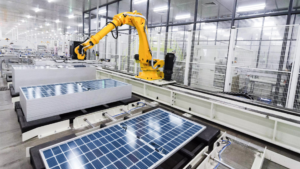# The Benefits of New N-Type Solar Panels and the Future Technological Direction of PV Energy Collection
Solar energy is one of the most promising sources of renewable energy, as it is abundant, clean and sustainable. However, not all solar panels are created equal. There are different types of solar cells that have different characteristics, advantages and disadvantages. One of the main distinctions is between P-type and N-type solar cells, which refer to the doping of the silicon wafers that form the core of the solar cell.
In this blog post, we will explain what P-type and N-type solar cells are, how they differ, why N-type solar cells are superior in terms of efficiency and reliability, and what are the latest developments and innovations in N-type solar technology.
## What are P-type and N-type solar cells?
Solar cells are composed of silicon wafers that are mixed with various chemicals to create an electric field. The electric field is generated by creating a P-N junction, which is a boundary between two layers of silicon with opposite charges. The upper layer is called the emitter, and the lower layer is called the bulk region.
P-type solar cells are the most common type of solar cells in the market. They have a positively charged bulk region, which is doped with boron, and a negatively charged emitter layer, which is doped with phosphorus. Boron has one less electron than silicon, while phosphorus has one more electron than silicon.
N-type solar cells are an alternative type of solar cells that have a negatively charged bulk region, which is doped with phosphorus, and a positively charged emitter layer, which is doped with boron. Phosphorus has one more electron than silicon, while boron has one less electron than silicon.
## What are the advantages of N-type solar cells over P-type solar cells?
N-type solar cells have several advantages over P-type solar cells, which make them more efficient and reliable. Some of these advantages are:
– N-type solar cells have a higher tolerance to impurities and defects in the silicon wafers, which reduces the power loss and increases the lifespan of the solar cell.
– N-type solar cells have a lower sensitivity to light-induced degradation (LID) and potential-induced degradation (PID), which are phenomena that reduce the performance of the solar cell over time due to exposure to sunlight and voltage stress.
– N-type solar cells have a higher carrier mobility, which means that the electrons and holes can move faster and more easily in the silicon wafer, resulting in higher current generation and lower resistance.
– N-type solar cells have a lower band gap, which means that they can absorb more photons from a wider range of wavelengths in the solar spectrum, resulting in higher voltage generation.
– N-type solar cells have a higher bifaciality factor, which means that they can generate more power from both sides of the solar cell when exposed to light from the front and back.
## What are the latest developments and innovations in N-type solar technology?
N-type solar technology is constantly evolving and improving, as researchers and manufacturers strive to achieve higher efficiency, lower cost and better performance. Some of the latest developments and innovations in N-type solar technology are:
– Interdigitated Back Contact (IBC) technology: This is a technology that eliminates the metal contacts on the front side of the solar cell, and instead places them on the back side in an interdigitated pattern. This reduces shading losses, increases light absorption, improves carrier collection and lowers series resistance.
– Passivated Emitter and Rear Contact (PERC) technology: This is a technology that adds a dielectric passivation layer on both sides of the solar cell, which reduces surface recombination, enhances carrier lifetime and increases internal reflection.
– Heterojunction (HJT) technology: This is a technology that combines thin-film amorphous silicon layers with crystalline silicon wafers to form a heterojunction. This increases carrier separation, reduces thermal losses and enables higher open-circuit voltage.
– Tandem technology: This is a technology that stacks two or more different types of solar cells on top of each other to form a tandem cell. This allows for harvesting more photons from different parts of the solar spectrum, resulting in higher overall efficiency.
## Conclusion
N-type solar panels are an emerging type of solar panels that offer superior efficiency and reliability over P-type solar panels. They have several advantages such as higher tolerance to impurities and defects, lower sensitivity to degradation phenomena, higher carrier mobility, lower band gap and higher bifaciality factor. They also incorporate advanced technologies such as IBC, PERC, HJT and tandem to further improve their performance. N-type solar panels are expected to become more dominant in the future as they continue to innovate and reduce their cost. They represent the cutting-edge of solar technology and the future direction of PV energy collection.
## References
: N-Type vs. P-Type Solar Panels: An In-Depth to Both Technologies. Solar Magazine.
: What’s N-Type Technology and What Does it Mean for Solar? Trina Solar.
: N-Type Vs. P-Type Solar Panels: A Comprehensive Guide. My Solar Quotes.
: N-Type VS. P-Type Solar Panels: Which One Should You Choose? Chint Global.
: What Are the Benefits Of N-Type Panels? And What Exactly Are They? Austra Energy.





